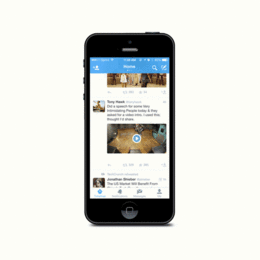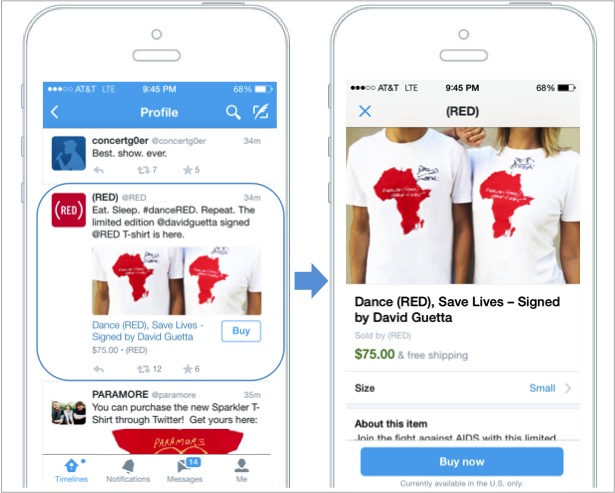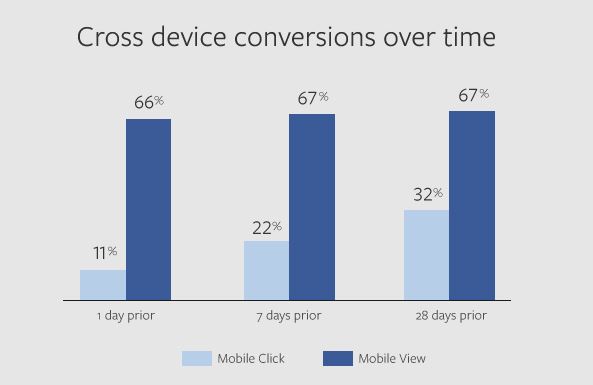As of yesterday it is official, Twitter announced that they are now testing a new ‘Buy Now’ button which gives users the ability to purchases items DIRECTLY from a tweet! Continue reading “Twitter Announces the Addition of Buy Now Button”
Instagram Launches Greater Analytics for Ad Campaigns
Today, Instagram announced the launch of deeper analytics for advertisers. While ads have been around on a limited basis since October 2013 , the new tools will allow those advertisers to gain a greater understanding of how their ad campaigns are performing. Continue reading “Instagram Launches Greater Analytics for Ad Campaigns”
AdWords Will Require All Campaigns To Use Close Variants
 The SEM/PPC world is about to experience a big change thanks to Google. Recently, Google announced that by the end of September a big AdWords change will take place. Moving forward AdWords will no longer allow advertisers to de-select close variants that they could previously opt-out of. Continue reading “AdWords Will Require All Campaigns To Use Close Variants”
The SEM/PPC world is about to experience a big change thanks to Google. Recently, Google announced that by the end of September a big AdWords change will take place. Moving forward AdWords will no longer allow advertisers to de-select close variants that they could previously opt-out of. Continue reading “AdWords Will Require All Campaigns To Use Close Variants”
Launch of Cross-Device Reporting for Facebook ads
 Yesterday Facebook made an announcement that had digital marketers giddy. They announced the launch of cross-device reporting for Facebook ads. This is very big news for both marketers and businesses because for the first time we will be able to see how people are moving between devices, both mobile apps and desktop, before the convert on our website. Continue reading “Launch of Cross-Device Reporting for Facebook ads”
Yesterday Facebook made an announcement that had digital marketers giddy. They announced the launch of cross-device reporting for Facebook ads. This is very big news for both marketers and businesses because for the first time we will be able to see how people are moving between devices, both mobile apps and desktop, before the convert on our website. Continue reading “Launch of Cross-Device Reporting for Facebook ads”
Introducing Promoted Video on Twitter
 On Tuesday, Twitter made a big announcement on their blog that would impact advertisers and users alike. Twitter announced the beta test of Promoted Video on Twitter. They began testing their new Twitter Video Cards earlier this year, and reported high engagement and views in their blog post on Tuesday. Continue reading “Introducing Promoted Video on Twitter”
On Tuesday, Twitter made a big announcement on their blog that would impact advertisers and users alike. Twitter announced the beta test of Promoted Video on Twitter. They began testing their new Twitter Video Cards earlier this year, and reported high engagement and views in their blog post on Tuesday. Continue reading “Introducing Promoted Video on Twitter”
Inside AdWords: Introducing Dynamic Sitelinks
 Last week, AdWords introduced dynamic site links and announced that they would be rolling out globally. On their blog they define dynamic site links as:
Last week, AdWords introduced dynamic site links and announced that they would be rolling out globally. On their blog they define dynamic site links as:
Automatically generated sitelinks that appear below your ad text, connecting potential customers to relevant pages on your website more easily.
So what does this mean for you?
Well the good news is that dynamic sitelinks are free to use (for now)! But, you will still be charged for clicks on the headline of your ad or on any other ad extensions.
Should I continue to optimize sitelinks like normal?
Yes keep adding and optimizing sitelinks like normal. In the blog Google AdWords states the following:
It’s important to continue adding and optimizing sitelinks because impression share for dynamic sitelinks will be low. In fact, the sitelinks you set up will always show, except for the few instances when the dynamic sitelink might perform better.
But I like my AdWords ads the way they are!
No need to fret, advertisers have the option to this disable this feature if they would like to. However, Google predicts that these links are likely to boost the performance of an ad.
If you would like to disable dynamic sitelinks just click here to fill out a request form.
Check out the official blog post from Google AdWords to learn more: Inside AdWords: Introducing Dynamic Sitelinks.
How to Use Social Listening to Drive Pull Marketing
The nature of advertising is changing, just think about your online experience and how companies interact with you. In the 90’s companies set up websites and hoped for traffic. Later, they started to use email marketing. Next came the ever-so-popular pop-up ad, and now companies are able to purchase ad space on websites and social media. Using data from the user’s browsing habits, companies are able to target who they think will be interested in their product, thereby maximizing the effect of their advertising budget. Continue reading “How to Use Social Listening to Drive Pull Marketing”
The Programmatic Ad Report
THE PROGRAMMATIC ADVERTISING REPORT: Mobile, Video, and Real-Time Bidding Will Catapult Programmatic Ad Spend
Read more: The Programmatic Ad Report – Business Insider.
The Smoking Gun: Deleted Google Author Photos Boost Ad CTR
“If you’ve been following developments in the search industry lately, you’ll have undoubtedly have come across discussions about Google’s recent decision to remove authorship photos from search results. We reported on this soon after the change went into effect, and other industry thought leaders like Rand Fishkin wasted no time weighing in, either.”
Read Full Article







